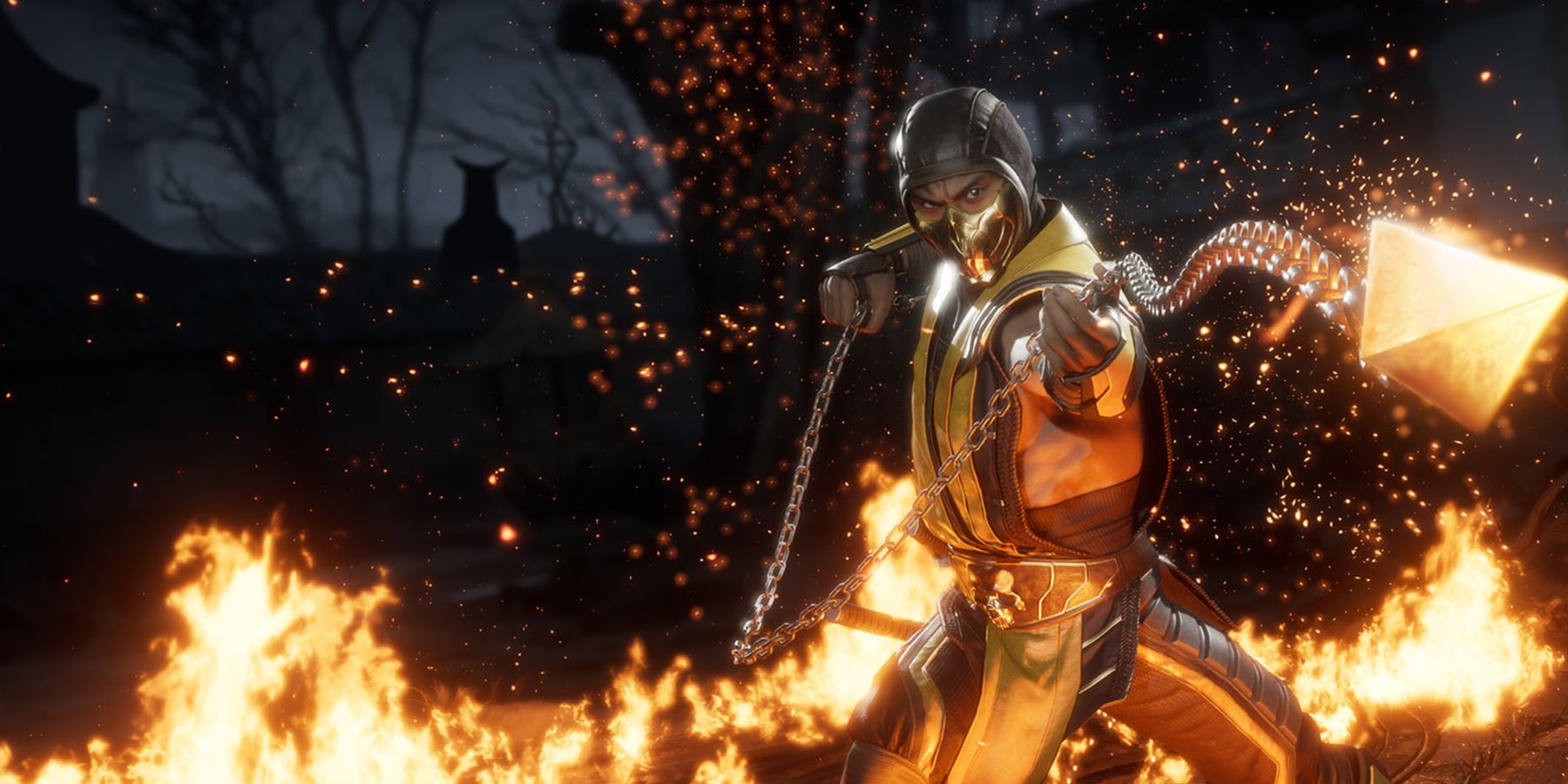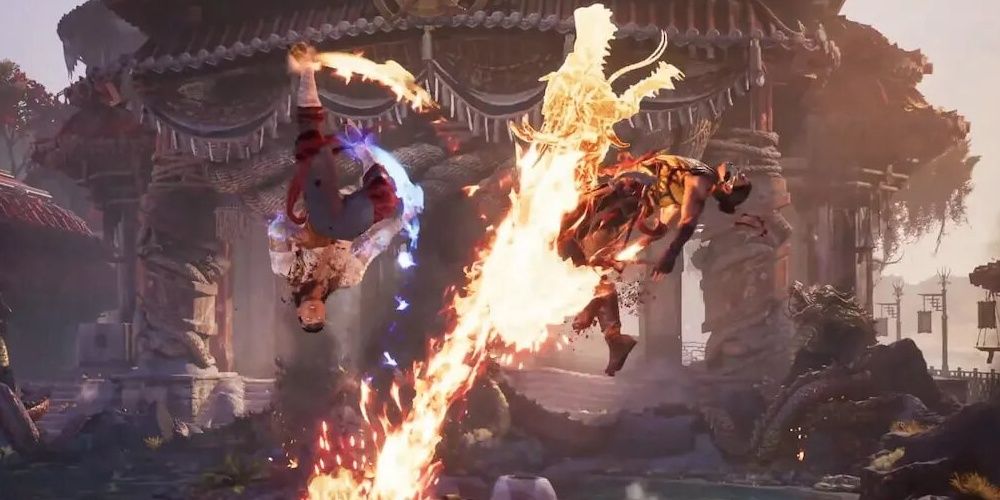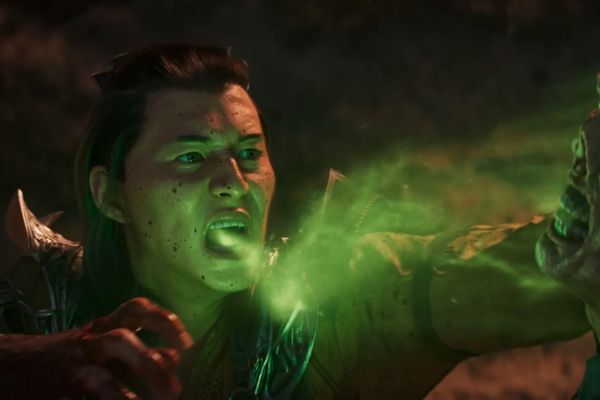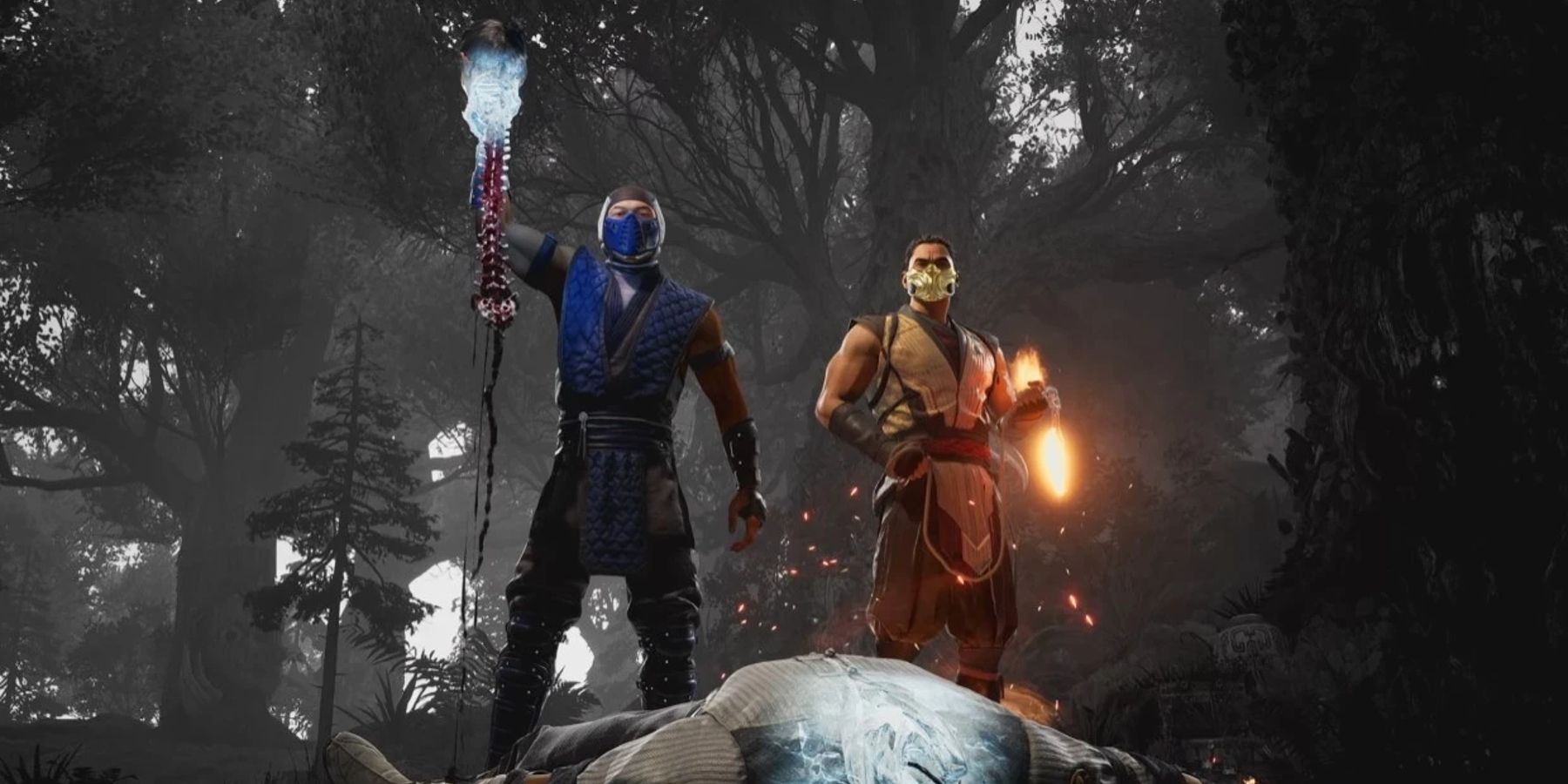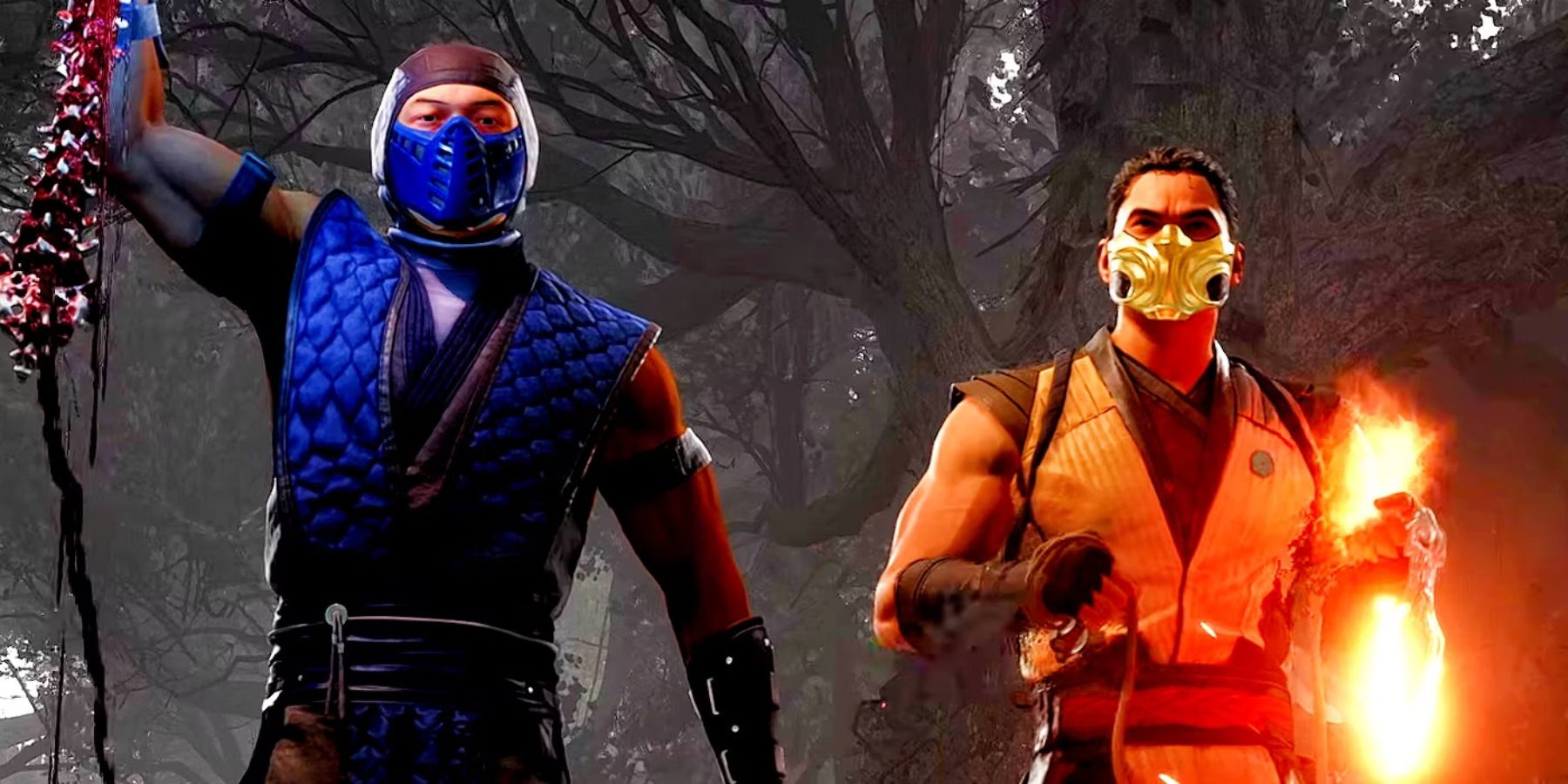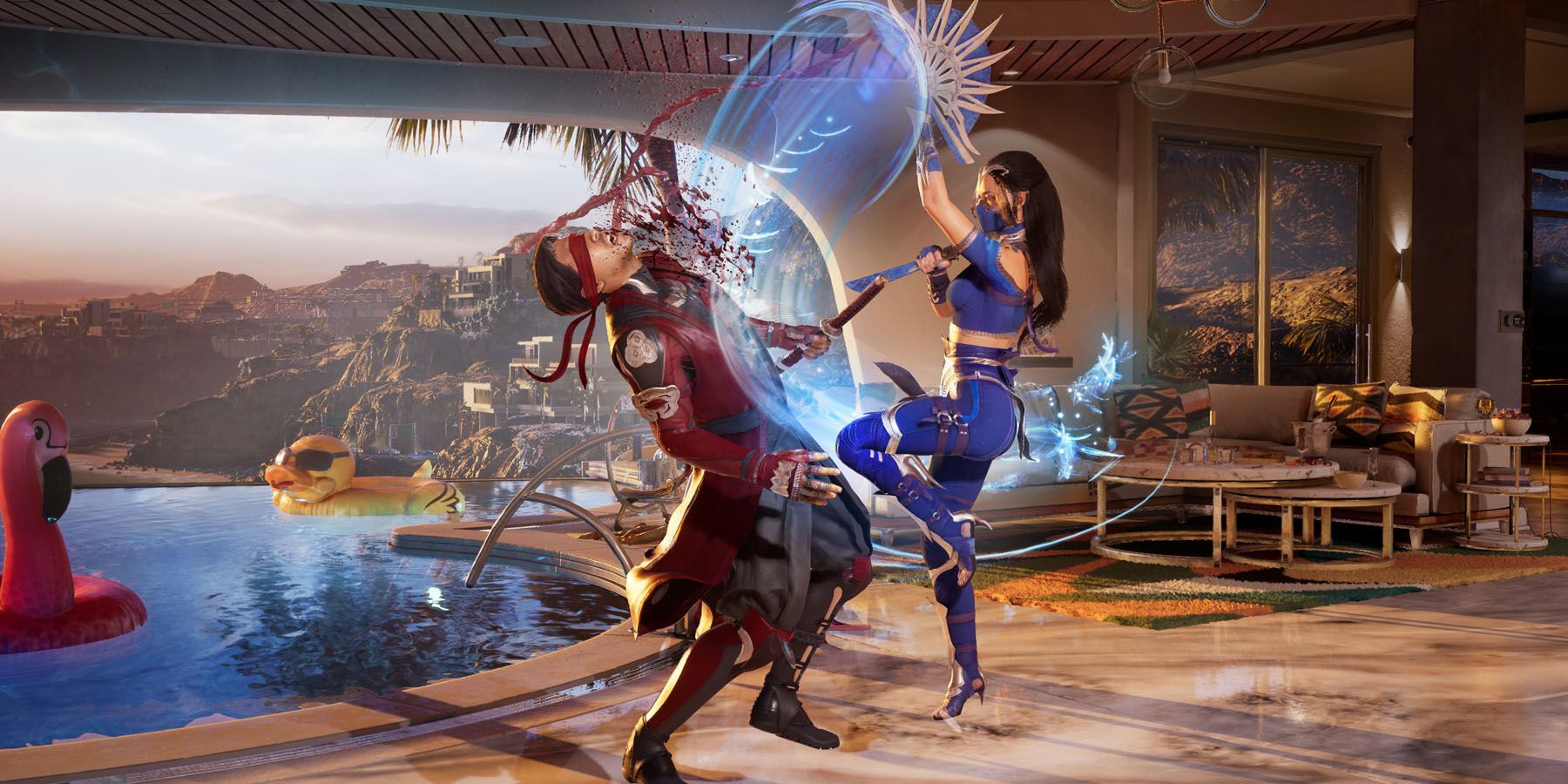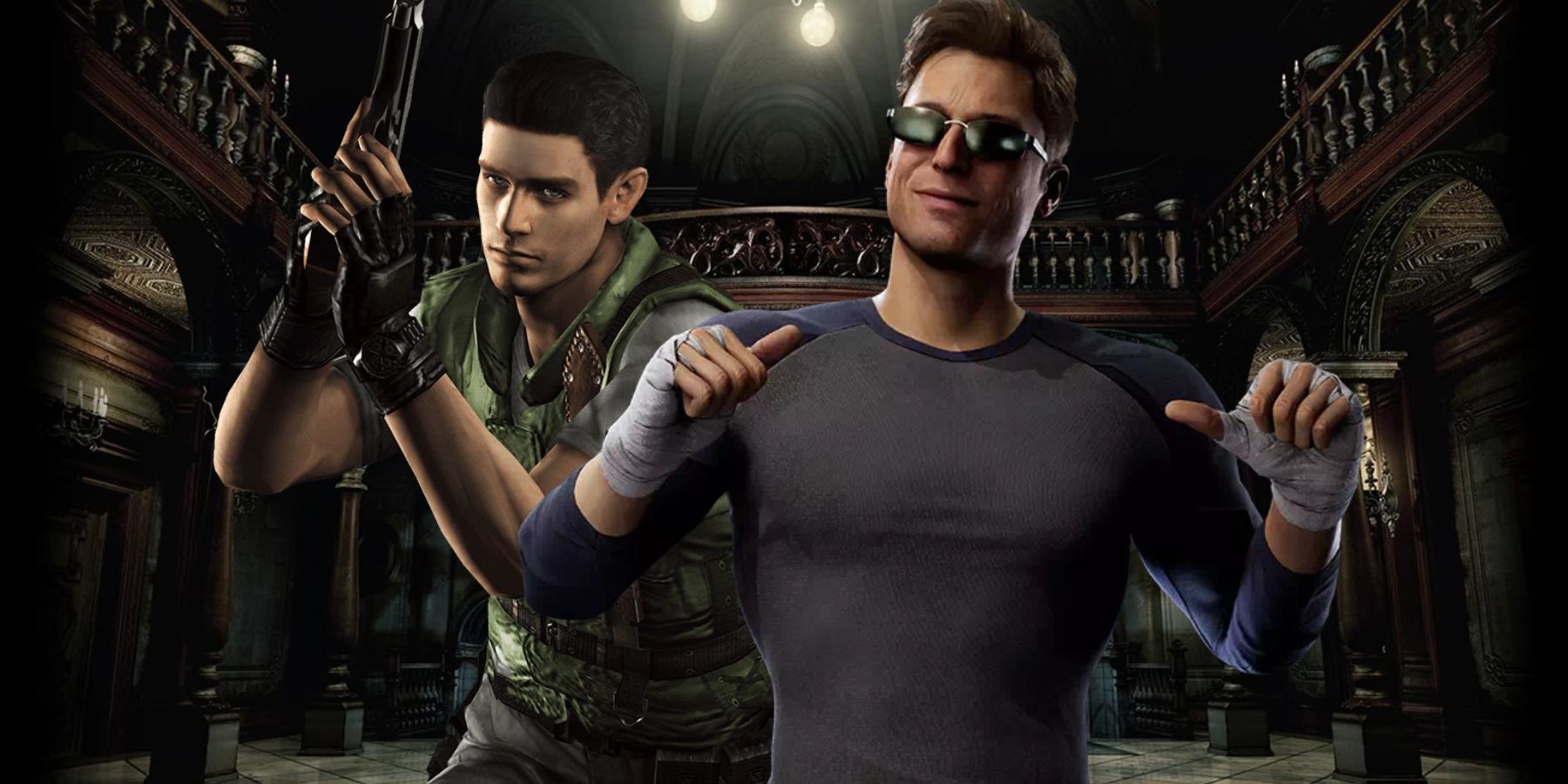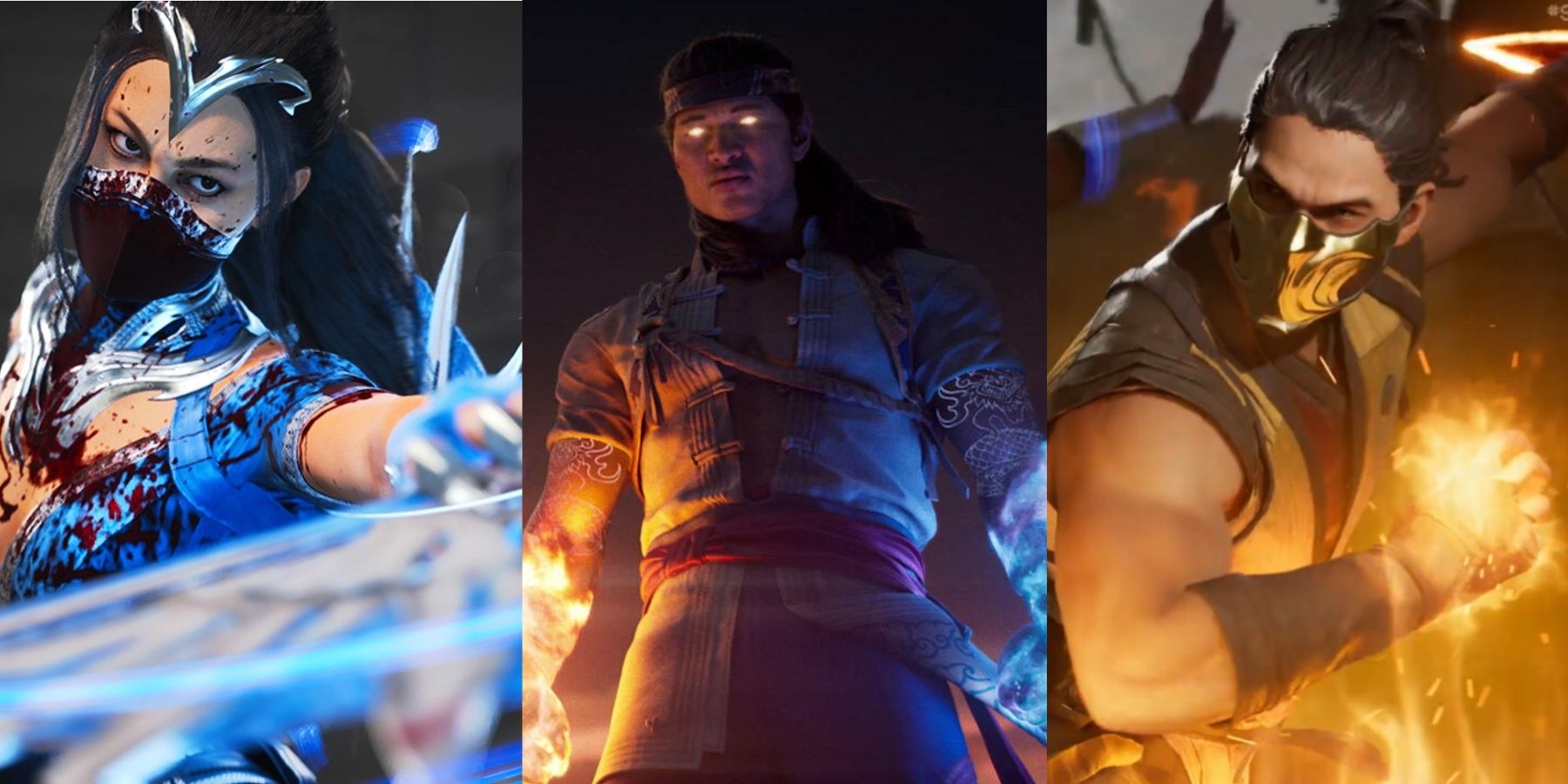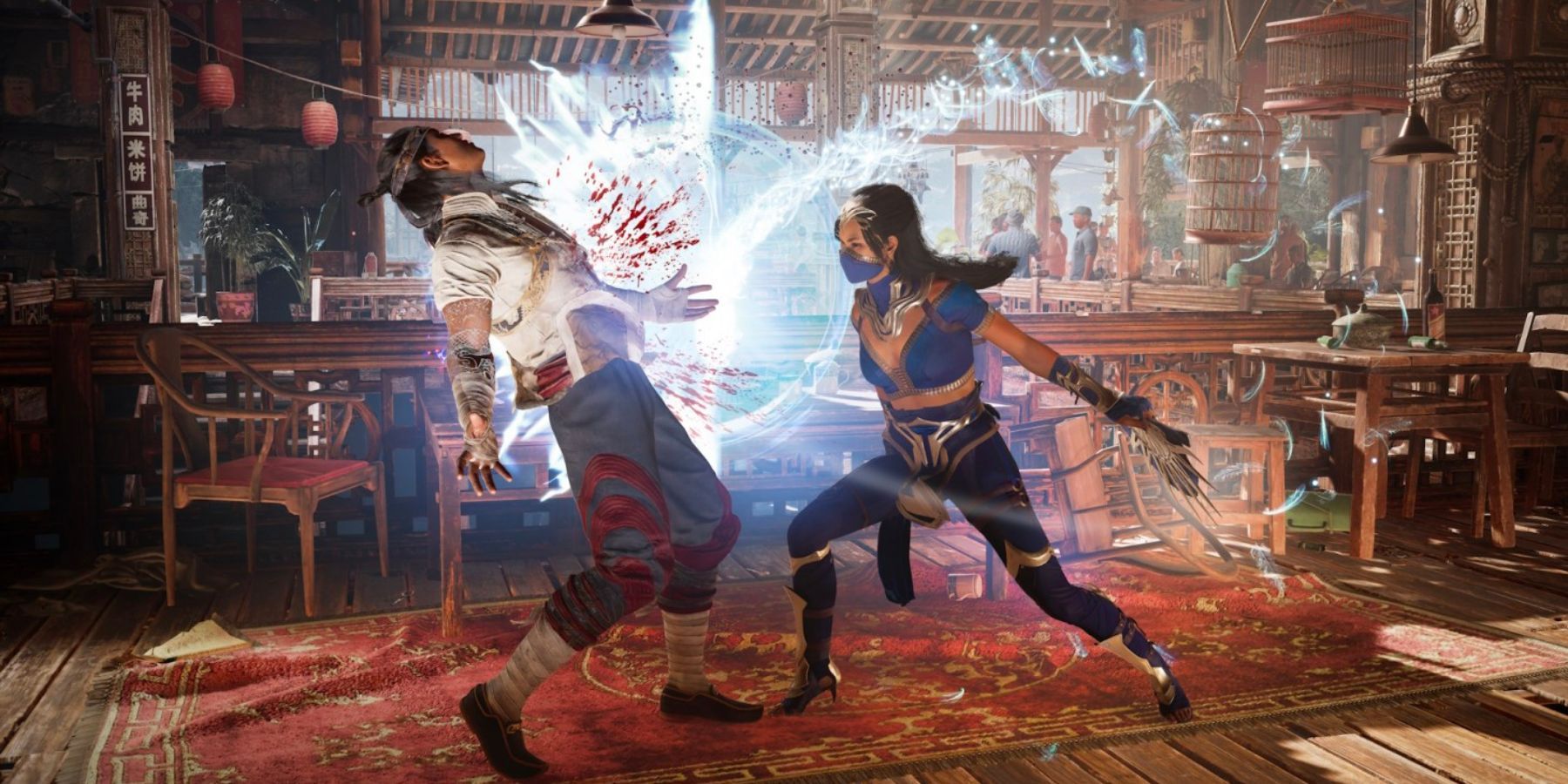
An Epic Evolution: Unveiling the Mind-Blowing Transformation of Mortal Kombat's X-Ray Moves from MK1 to MK11!

Mortal Kombat 1 revolutionizes X-Ray moves with a blend of MK9, MKX, and MK11, taking the franchise's iconic attack to thrilling new heights
Sometimes, after experimenting, the best course of action for a video game franchise is to return to its roots. This is exactly what developer NetherRealm Studios is doing with Mortal Kombat 1. They are simplifying both the narrative and gameplay, taking inspiration from the successful Mortal Kombat reboot of 2011 and Mortal Kombat X. This approach is seen as a step forward while also bringing back a sense of familiarity. Fans are eagerly anticipating the release of this new installment.
One aspect of Mortal Kombat that has consistently been a fan favorite since its reboot over a decade ago is the franchise's X-Ray moves. These powerful attacks were first introduced in 2011's Mortal Kombat (often referred to as MK9) and provide players with a high-risk, high-reward option during fights. These moves are known for their visually stunning and violent execution, giving players a literal x-ray view of the damage inflicted on their character. Mortal Kombat 1 reintroduces these moves, offering a fresh take on Mortal Kombat 11's approach that combines both novelty and familiarity.
How Mortal Kombat 11 Shook Up X-Ray Moves
In order to fully understand Mortal Kombat 1's approach to X-Ray moves, it is crucial to first grasp how Mortal Kombat 11 incorporated them. Unlike MK9 and MKX, MK11 deconstructed X-Ray moves into two distinct gameplay mechanics. Instead of requiring players to build up a meter for X-Ray moves, MK11 introduced the concept of Fatal Blows, which could only be executed when the player's health was reduced to about a quarter. Although Fatal Blows functioned similarly to X-Ray moves, they did not display any internal damage throughout the sequence.
To witness the impact of their attacks on the opponent's skeletal system, players had to perform a Krushing Blow. These special moves were activated under specific circumstances, often following a combo or special attack, and each type of Krushing Blow offered unique advantages. This alteration to X-Ray moves allowed players to allocate more of their Super Meter to offensive and defensive abilities, thereby introducing heightened strategic elements to every match. Thus, while MK11 did not explicitly feature X-Ray moves, it preserved their essence while simultaneously introducing exhilarating new gameplay opportunities.
Mortal Kombat 1's X-Ray Moves Combine The Best Of MK9, MKX, MK11
Content has been rewritten below:
In Mortal Kombat 1, NetherRealm has successfully combined the best elements of X-Ray moves from previous games. These moves, known as Fatal Blows, function similarly to MK11, only being usable when a player is on the verge of defeat. However, they once again showcase the internal damage inflicted upon the characters, slowing down the action to allow players to fully appreciate the gruesome details. This serves as a compromise between the original X-Ray moves and the Fatal Blows in MK11, while still allowing players to utilize their Super Meter for combo breakers, enhanced special moves, and more.
Although MK1's X-Ray moves may differ from the beloved moves seen in previous entries, they strike a perfect balance between the new and the familiar. Additionally, the inclusion of Kameo fighters in these moves adds a new layer of variety, giving players the opportunity to experiment and discover thrilling combinations. While not dramatically deviating from what Mortal Kombat fans are accustomed to, it introduces enough freshness to invigorate this longstanding franchise feature.
Mortal Kombat 1 releases September 19 for PC, PS5, Switch, and Xbox Series X/S.
